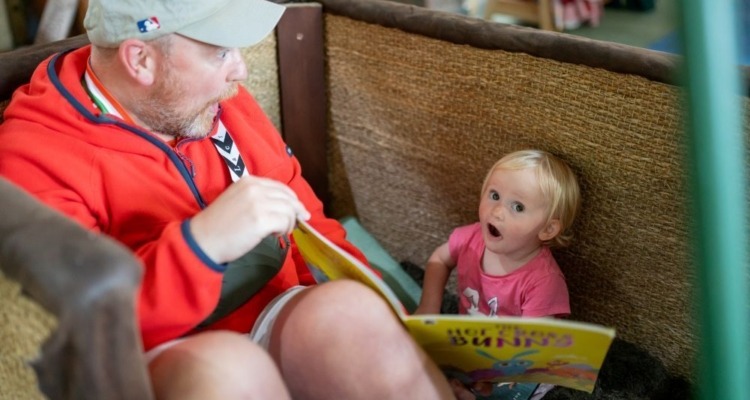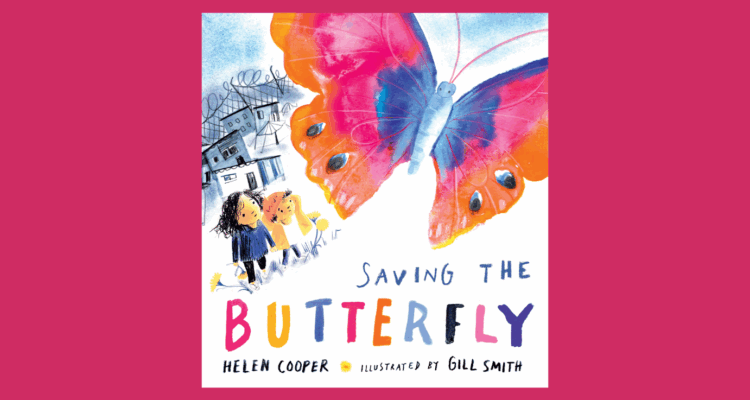Exploring Ozymandias in HMP Whitemoor
In our second Group of the Month, we're shining the spotlight on HMP Whitemoor, where The Reader's Brendan Harrington runs a weekly group with inmates and staff.
The Shared Reading group at HMP Whitemoor has been running for over two years. Earlier this year the Reader Leader, Brendan shared a 'day in the life' of the group for Inside Time, the monthly newspaper for prisoners, which explored their reading of Ozymandias by Percy Bysshe Shelley.
I met a traveller from an antique land,
Who said: “Two vast and trunkless legs of stone
Stand in the desert. Near them, on the sand,
Half sunk, a shattered visage lies, whose frown,
And wrinkled lip, and sneer of cold command,
Tell that its sculptor well those passions read
Which yet survive, stamped on these lifeless things,
The hand that mocked them and the heart that fed;
And on the pedestal these words appear:
“My name is Ozymandias, king of kings:
Look on my works, ye Mighty, and despair!”
Nothing beside remains. Round the decay
Of that colossal wreck, boundless and bare,
The lone and level sands stretch far away.
“Yes, I like this…” was the first response – “…it makes me think of massive open spaces and ancient times; feels dramatic and mystical”. We all agreed, but other than that felt stuck for anything else to say…
After some silence we realised that if we were going to get anywhere, we needed to address all the different kinds of confusion we were feeling: not only were there words which we did not recognise, but the ones which we did recognise were being used in ways which were strange to us. On top of wading around in all this unfamiliar language, there were also other, more normal, questions to answer: who was Ozymandias? What was his relation to the other people in the poem? And, what is the poem saying to us about this stuff in the middle of a desert?
The word ‘visage’ was our starting point. All of us had heard it before, but none of us really knew what it meant here. Someone had the idea that it was a bit like a mixture of ‘vison’ and ‘image’. We tried this out, and it seemed to work: if that was what it meant, then it might be that there was a sort of image of Ozymandias – a sculpture – left broken into pieces in the desert.
Another person trawled their memory and recalled that ‘visage’ was something to do with peoples faces. We looked again at the lines following our puzzle:
“ a shattered visage lies, whose frown,
And wrinkled lip, and sneer of cold command,
Tell that its sculptor well those passions read”
Happily, this seemed to complement our earlier guess, rather than contradict it: the poem was drawing our attention to the shattered image of a face.
Slowly we were starting to make sense of it all and, suddenly, things fell into place for one reader. “The sculptor was mocking the King!... he knew what Ozymandias was like, and he used his skill to show us it in the sculpture”.
Another reader saw something similar, but slightly different: “I don’t think it was mockery. I think the sculptor was just doing his job. He was showing how things really were. It was Ozymandias who mocked and fed, because he was so powerful”.
Phew! A sense of relief washed over us all - we had moved from tensely not having anything to say about the poem to being able to say so much about it that we could afford the luxury of disagreeing. With this new sense of freedom, we looked to the next part of the poem:
And on the pedestal these words appear:
“My name is Ozymandias, king of kings:
Look on my works, ye Mighty, and despair!”
Nothing beside remains. Round the decay
Of that colossal wreck, boundless and bare,
The lone and level sands stretch far away.
What can we make of this part of the poem? Why compare the “colossal wreck” of the sculpture of a powerful king and the seemingly “boundless and bare” desert? Here is what one member of the group thought…
“He can be as mighty as he likes, but he’s just a man, and he can make other people make a statue of him that’s huge in comparison to other men, but it’s never going to be as huge as nature. In the end his best creation will just be sand like the rest of the desert. ”
Want to know more about our work in prisons and criminal justice settings across the UK? Visit our website.
Or if you'd like to find Shared Reading in your local community use our map to find your nearest group.
Share
Related Articles

We cannot just tell parents to read more. To truly improve children’s futures through reading, we need to properly support the adults around them to do so.
Responding to the Department of Education's announcement that 2026 will be a Year of Reading, The Reader's Managing Director Jemma…

Storybarn Book of the Month: Saving the Butterfly
This month, as part of Refugee Week (16-22 June), we've been taking a look back at one of our favourites…

Shared Reading in Wirral Libraries: ‘As a kid people read stories to you but as an adult you lose that – and it’s a fantastic thing to do!’
Two Strategic Librarians for Wirral Libraries, Kathleen McKean and Diane Mitchell have been working in partnership with the UK’s largest…


